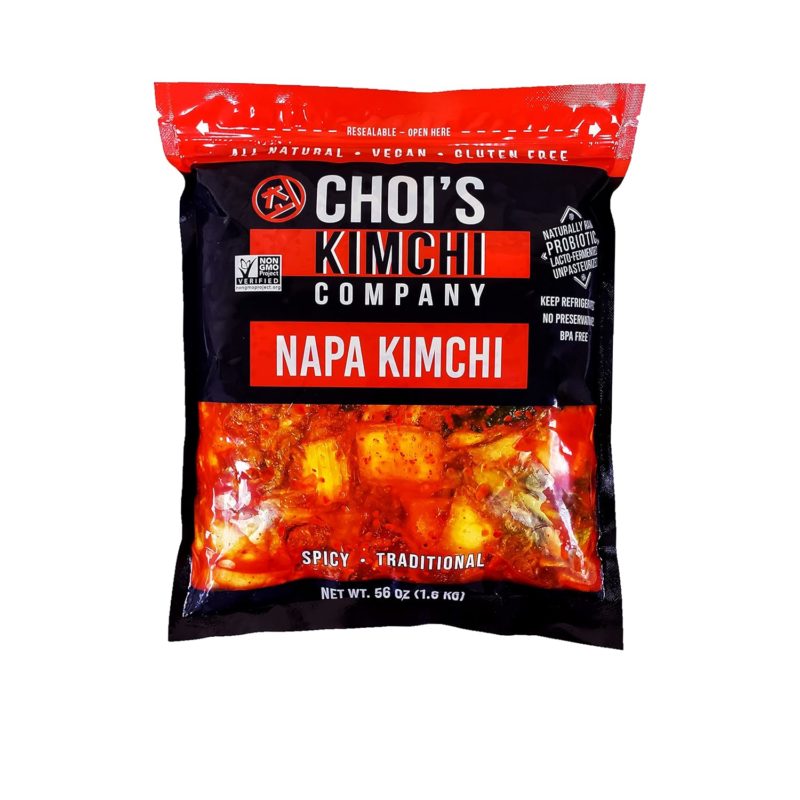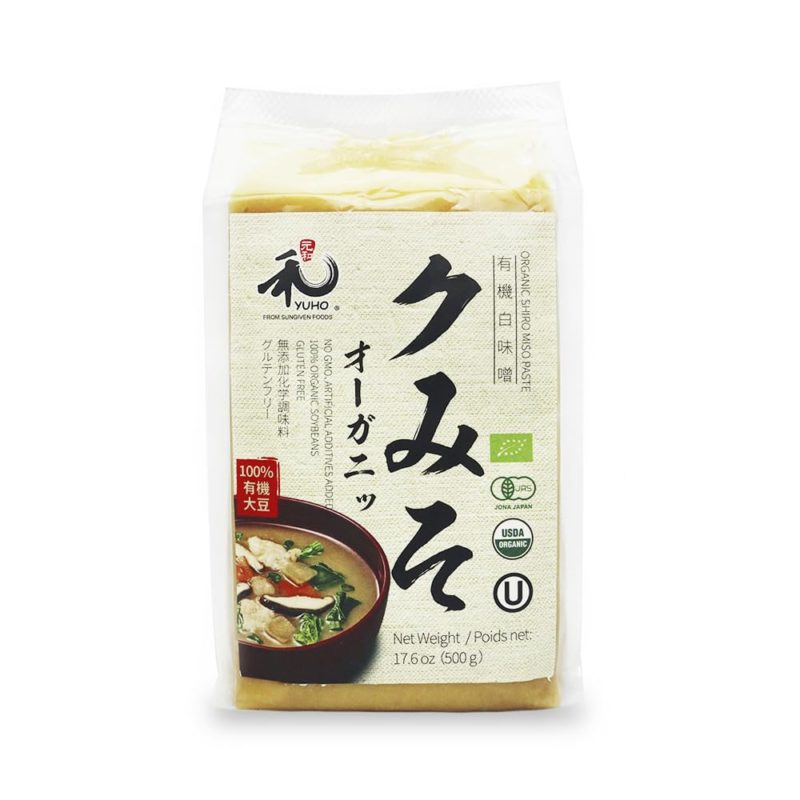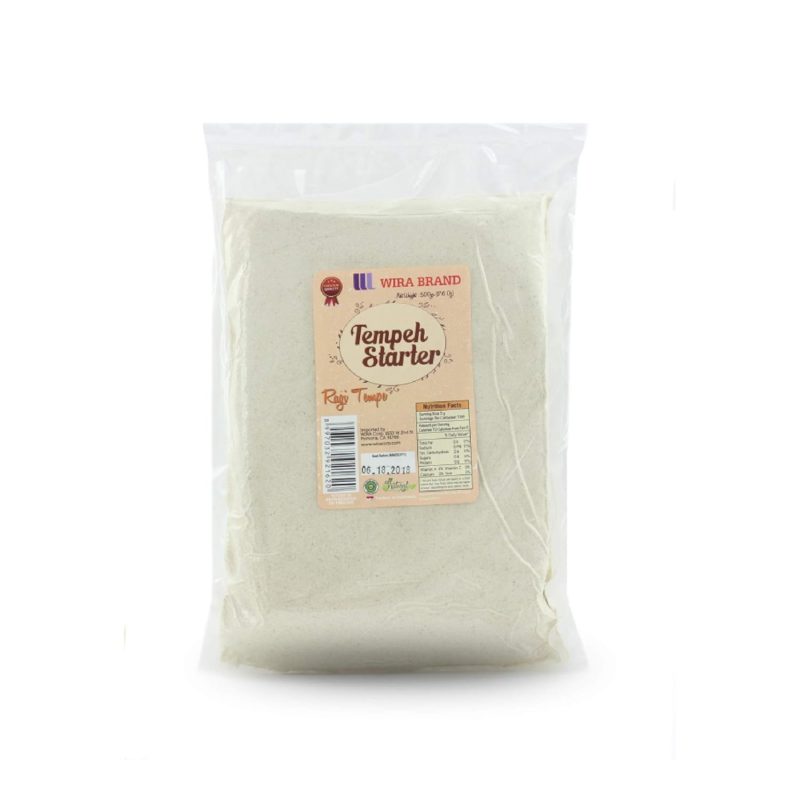Fermented foods have been a part of human diets for centuries, not just for their unique flavors, but also for their preservation qualities and health benefits. Fermentation is a natural process that enhances the nutritional content of food, promotes gut health, and creates distinct tastes and textures. Across different cultures, various fermented foods have become iconic, each with its own traditional preparation methods and ingredients.

In this post, we’ll explore some of the most popular fermented foods from around the world, highlighting their cultural significance and health benefits.
1. Kimchi (Korea)
Kimchi is perhaps one of the most well-known fermented foods from Korea. Made from napa cabbage, radishes, garlic, ginger, and Korean chili powder, kimchi is packed with beneficial bacteria like Lactobacillus, which aid in digestion and boost the immune system. The fermentation process can last from a few days to several months, depending on the desired flavor and tanginess.
Kimchi is versatile; it can be eaten as a side dish, used in soups, or even added to rice and noodles. It is known for its spicy, tangy flavor and is a staple in Korean cuisine.
- Health Benefits: Rich in probiotics, vitamins A and C, and antioxidants.
- Cultural Significance: In Korea, the making of kimchi, called “kimjang,” is an important cultural tradition, symbolizing family bonds and the preservation of Korean heritage.

2. Sauerkraut (Germany)
Sauerkraut is a traditional German fermented cabbage dish, known for its tangy flavor and crunchy texture. The cabbage is shredded, salted, and packed into a jar or crock, where natural lactic acid bacteria ferment the sugars into lactic acid. This not only preserves the cabbage but also creates probiotics that support digestive health.
Sauerkraut is commonly served as a side dish with sausages, meats, and sandwiches, adding a burst of acidity to balance rich flavors.
- Health Benefits: High in fiber, probiotics, and vitamin C.
- Cultural Significance: In Germany and other parts of Eastern Europe, sauerkraut has been a dietary staple for centuries, especially during winter months when fresh vegetables were scarce.
3. Miso (Japan)
Miso is a fermented soybean paste that is a cornerstone of Japanese cuisine. Made by fermenting soybeans with salt and koji (a fungus starter culture), miso varies in flavor and color depending on the fermentation time and ingredients used. It ranges from light, sweet white miso to dark, salty red miso.
Miso is commonly used in soups, marinades, and sauces, imparting a savory umami flavor to dishes. Its fermentation process not only enhances flavor but also increases the availability of nutrients.
- Health Benefits: Rich in protein, vitamins, and probiotics. Miso contains isoflavones and saponins, which have been linked to various health benefits, including improved digestion and immune support.
- Cultural Significance: In Japan, miso-making is a time-honored tradition, often passed down through generations. Miso soup is a daily dietary component for many Japanese families.

4. Natto (Japan)
Another unique Japanese fermented food is natto, which consists of fermented soybeans. The process uses Bacillus subtilis bacteria to ferment the beans, resulting in a sticky, stringy texture and strong flavor that can be polarizing for newcomers.
Natto is commonly eaten with rice for breakfast and is known for its numerous health benefits, thanks to its high probiotic content and enzymes like nattokinase.
- Health Benefits: High in protein, probiotics, and vitamin K2, which supports bone and heart health.
- Cultural Significance: Despite its acquired taste, natto is a staple in traditional Japanese diets and is valued for its health-boosting properties.

5. Kombucha (China)
Originating in China over 2,000 years ago, kombucha is a fermented tea beverage made using SCOBY (Symbiotic Culture of Bacteria and Yeast). The SCOBY ferments the tea and sugar, producing a slightly fizzy, tangy drink. Kombucha has gained global popularity due to its probiotic content and unique taste.
Today, kombucha is available in various flavors, with fruits, herbs, and spices added during the second fermentation to create a variety of tastes.
- Health Benefits: Rich in probiotics, organic acids, and antioxidants. Kombucha has been associated with improved digestion and liver health.
- Cultural Significance: Although its roots are in China, kombucha has been embraced by many cultures, each adding their spin on flavoring and preparation.
6. Yogurt (Middle East)
Yogurt is one of the oldest fermented foods, with origins traced back to the Middle East and Central Asia. It’s made by fermenting milk with lactic acid bacteria, primarily Lactobacillus bulgaricus and Streptococcus thermophilus. This process thickens the milk and gives yogurt its creamy texture and tangy flavor.
Yogurt can be enjoyed plain, mixed with fruits, or used as a base for sauces and dips like tzatziki. Its versatility makes it a global favorite.
- Health Benefits: High in protein, calcium, probiotics, and vitamins. Yogurt supports digestive health, bone strength, and immune function.
- Cultural Significance: Yogurt has deep cultural roots, especially in countries like Turkey, Greece, and India, where it’s used in both sweet and savory dishes.
7. Tempeh (Indonesia)
Tempeh is a traditional Indonesian fermented soybean product that forms a firm cake-like texture. Unlike tofu, tempeh is made using whole soybeans that are fermented with Rhizopus mold. This fermentation process binds the soybeans into a dense, protein-rich food.
Tempeh has a nutty flavor and a meaty texture, making it a popular plant-based protein option for vegetarians and vegans worldwide.
- Health Benefits: High in protein, fiber, vitamins, and minerals. Fermentation reduces the phytic acid in soybeans, improving nutrient absorption.
- Cultural Significance: Tempeh is a staple in Indonesian cuisine and is traditionally made at home or in small-scale factories.

Why Fermented Foods Are Important
Fermented foods are rich in probiotics, which support gut health and enhance the immune system. Additionally, fermentation often increases the bioavailability of nutrients, making these foods more nutritious. Across different cultures, fermentation has provided a natural method of preserving food while creating unique flavors that have shaped culinary traditions.
Final Thoughts
Fermented foods hold a special place in global cuisines, each culture contributing its unique techniques and ingredients to the process. From the spicy kick of kimchi in Korea to the savory umami of miso in Japan, fermented foods not only offer a wealth of health benefits but also represent the diversity and creativity of culinary traditions worldwide.
Exploring and incorporating these fermented foods into your diet can introduce new flavors and health benefits, supporting a balanced and diverse approach to nutrition.
This site is a participant in the Amazon Services LLC Associates Program and contains affiliate links to products. We may receive a commission for purchases made through these links.
